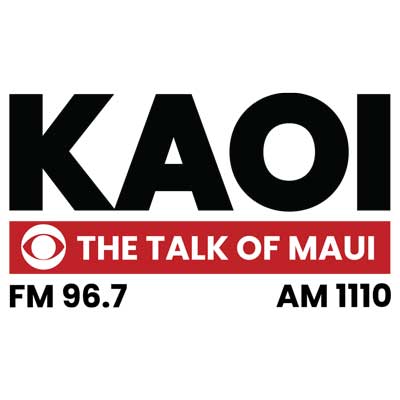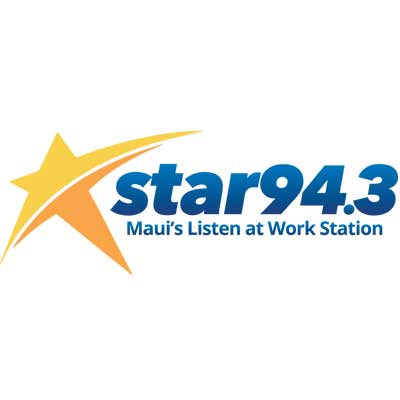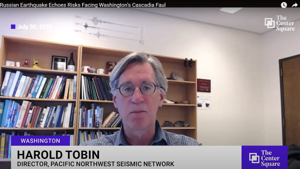(The Center Square) – A powerful 8.8-magnitude earthquake struck off Russia’s Far East coast early Wednesday, prompting tsunami warnings across the Pacific, including Washington state’s west coast.
Although the danger has passed, the temblor has sparked questions about Washington’s preparedness for a major quake and its possible impact on the region.
No deaths were immediately reported, but there were some injuries.
Washington state seismologist Harold Tobin, director of the Pacific Northwest Seismic Network and professor in the Department of Earth and Space Sciences at the University of Washington, told The Center Square that the first alert he got about the massive quake came from the Tsunami Warning Center’s threat message.
“That caused me to sit up because they send them out for all kinds of earthquakes,” Tobin said. “But when theirs, I think, suggested 8.7 right away, I was paying attention from that moment on.”
He explained that the fault that triggered the Russian quake is similar to the Cascadia Subduction Zone fault off the Washington coast.
The approximately 700-mile-long Cascadia Subduction Zone “megathrust” fault stretches from Vancouver Island, British Columbia, to Cape Mendocino in Northern California.
According to the Pacific Northwest Seismic Network, the last known megathrust earthquake in the Northwest occurred just over 300 years ago. Geological evidence suggests seven such temblors have occurred over the last 3,500 years, with a return interval of 400 to 600 years.
“It is a mirror image on the other side of the Pacific of Cascadia in many ways,” Tobin observed. “And the kind of earthquake that took place was very similar to what we expect from Cascadia.” And the reason it caused a tsunami was the same: the fault is stuck.
“And then in the earthquake, the upper plate, which would be the Kamchatka Peninsula of Russia, lurches out over the Pacific plate, and it pushes the water, and therefore the tsunami gets going. So, it’s a good analogy for Cascadia in many ways. It could have been a much worse case, but it wasn’t. That could happen in Cascadia.”
Tobin said the Shake Alert Early Warning System will likely save lives in the event of “the big one” in the Pacific Northwest.
“For Cascadia in particular, because it’s offshore and because it could start at one end or the other – or somewhere in the middle of this very long fault – it means we have the potential to alert people for really significant possible warning times, a minute or more,” he explained. “Let’s say, just as a scenario, the earthquake starts at the Oregon-California border. Here in Seattle, that’s a very long way away, so we have a lot of potential warning time if we can detect the earthquake and say, ‘Seattle, strong shaking might be coming in 90 seconds.’”
Tobin noted he has a vested interest in the Shake Alert system as he receives funding for its operation and research.
Regarding the potential for a devastating tsunami following a big earthquake, Tobin warns people should not wait for confirmation of a tsunami threat.
“If you feel a strong earthquake and you’re close to the coast, you should treat it as a potential tsunami and not wait for some other warning that says, ‘Move to higher ground now’ …just move to higher ground,” he advised.
For Washington residents living in densely populated areas near water, Tobin says people should know their “on foot” evacuation route.
“If everybody jumps in their car to evacuate, no one’s going to get anywhere pretty quickly,” he noted. “But there are places in Washington state where evacuation on foot is really not possible. If you’re in Ocean Shores, or if you’re in parts of Westport, the evacuation time is 30 minutes, 60 minutes on foot, to high ground because there just isn’t high ground nearby.”
According to Tobin, more investment is needed in vertical evacuation structures. Tokeland – a census-designated place in Pacific County, Wash., situated on the southwestern coast of the state – is home to the first purpose-built evacuation tower on the West Coast.
The tower was built by the Shoalwater Bay Indian Tribe in 2022.
“If a big earthquake were to occur, the community would be able to walk to the tower in 15 to 20 minutes. Tsunami inundation maps show the first waves from a Cascadia Subduction Zone earthquake may arrive in 35 minutes, making the tower a true tsunami refuge,” according to the Washington Military Department.
Tobin says the tsunami alerts were justified for the recent quake and hopes people won’t dismiss future warnings.
“I don’t think people should be complacent in the sense that nothing really happened. That’s good news,” he said. “The warning, I think, was entirely warranted. The size of the earthquake and its position, and the fact that it really did generate a tsunami, it could have been a larger tsunami … I’m glad the warning systems worked as well as they did.”
The most considerable tsunami heights from the 8.8 earthquake near Russia recorded in the U.S. were experienced in the Hawaiian Islands, with heights reaching 5.7 feet, where the water pulled back as much as 30 feet.
The Center Square asked Tobin about the nearly 1,000 minor earthquakes that have shaken the ground beneath Mount Rainier since the beginning of July.
“We know that the swarm of earthquakes does not show the hallmarks of being one that is a sign of magma on the move,” Tobin reassured. “There’s no indication that that swarm, you know, really presents a significant danger itself, but it’s the biggest swarm we’ve ever recorded at Mount Rainier, so that’s something.”

















